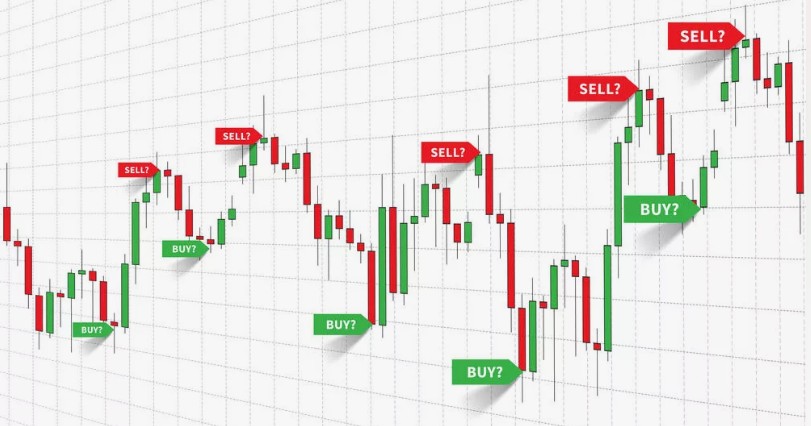Trading signals for forex trading



What is a Trading Signal?
A trading signal is a trigger for action to buy or sell a security or other asset, generated through analysis. This analysis may be conducted by a person using technical indicators or through mathematical algorithms based on market actions, potentially combined with other market factors like economic indicators.

Key Takeaways
- Trading signals are prompts to buy or sell a security based on a predetermined set of criteria.
- They can also be used for portfolio rebalancing and sector reallocation or to open new positions.
- Traders can generate trading signals using various criteria, from simple ones like earnings reports and volume spikes to more complex signals that are derived using existing signals.
How Trading Signals Work
Trading signals may incorporate inputs from various disciplines. Typically, technical analysis is a major component, but fundamental analysis, quantitative analysis, economics, market sentiment indicators, and even signals from other trading signal systems may also be inputs. The objective is to provide investors and traders with a mechanical, emotion-free method of buying or selling a security or other asset.
Beyond simple buy and sell triggers, trading signals can also be used for portfolio modification, identifying the right times to increase investments in a particular sector, such as technology, and to cut back in others, such as consumer staples. Bond traders might use signals to adjust the duration of their portfolios by selling one maturity and buying another. Finally, signals can also assist in asset allocation, such as transferring funds between stocks, bonds, and commodities.
The complexity of a trading signal can vary. However, traders aim to simplify the input to make the system easy to manage and periodically test to determine which components need adjustment or replacement.
Complex strategies with too many inputs can become cumbersome, requiring more time than a trader can offer. As markets change rapidly, complex strategies might become outdated before testing is complete.
Example of a Trading Signal
Trading signals typically relate to quick entry and exit trades. However, some signals are less frequent and based on market reversals and falling stock purchases.
An excellent example of such trading signals would be identifying periods when price movement does not align with underlying fundamental factors. For instance, a market sell-off due to fear headlines, but fundamental data indicates good health. Traders might decide to buy on dips if their signal flashes a “good deal.”
Creating a Trading Signal
In developing a trading signal, the possibilities are endless, but traders generally want to automate their reasoning. An example might be: “For a stock with a lower-than-specific price-to-earnings (P/E) ratio, buy when a certain technical formation breaks upward and prices are above a specific moving average, while interest rates are falling.”
Here are some of the most common input signals. Traders can combine them to match any criteria they use to select trades:
- Technical pattern breakouts. These may include triangles, rectangles, head and shoulders, and trendlines.
- Moving average crossovers. Most investors watch the 50-day and 200-day moving averages, but there are many others widely used.
- Volume spikes. Unusually high volume is often a precursor to new market movement. Open interest can also be used in futures markets.
- Interest rate changes. Rate shifts often can signal changes in stock and commodity markets.
- Volatility. There are many ways to measure volatility, and like other indicators, extreme highs or lows in volatility can trigger market changes.
- Market cycles. All markets tend to ebb and flow over time, whether in a steady trend or in a range-bound state.
- Sentiment extremes. Used as a contrarian indicator, excessive bullish sentiment according to surveys or actual trading activity can signal market tops. Conversely, excessive bearish sentiment can lead to market bottoms.
- Valuation. Excessively high valuation compared to market, sector, or specific stock metrics can trigger sell signals.
Conclusion
No matter which forex signal systems you subscribe to and how you choose to use the signals to enhance your trading, always be mindful that trading in the forex market carries its share of risks, and there is no guaranteed profit. While extremely useful, forex trading signals do not guarantee profits but can mitigate some of the risks associated with trading. Act on your discretion and trade cautiously and wisely, managing your risks to achieve profits.









